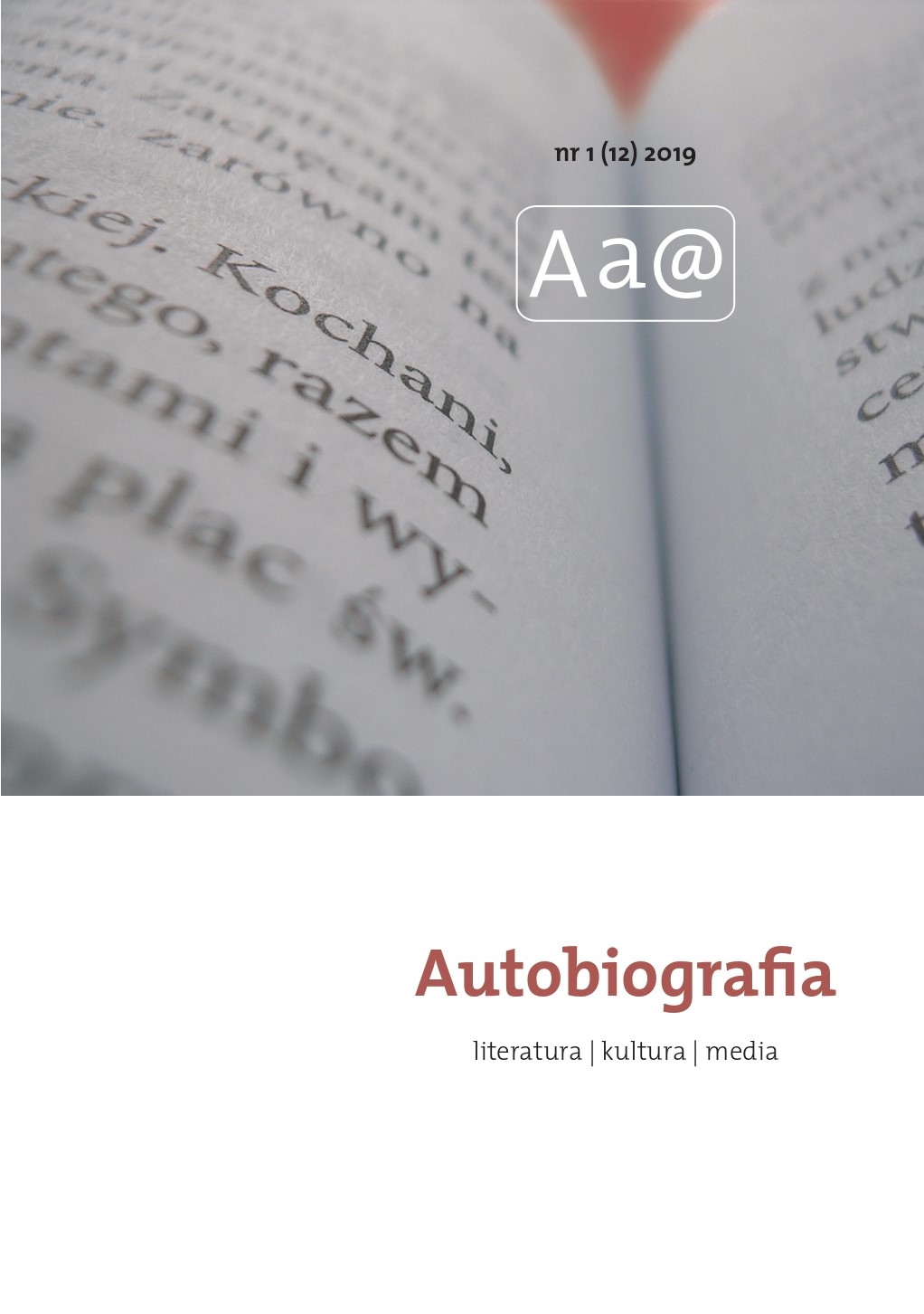Autofikcja we współczesnym komiksie włoskim. Przypadek Toffola i Gipiego
Autofiction in contemporary Italian comics. The cases of Toffolo and Gipi
Author(s): Aneta WielgoszSubject(s): Social Sciences, Language and Literature Studies, Studies of Literature
Published by: Wydawnictwo Naukowe Uniwersytetu Szczecińskiego
Keywords: graphic novel; autofiction; autobiographical comics; Davide Toffolo; Gipi
Summary/Abstract: The article analyses two works belonging to the genre of autofiction in contemporary Italian comics: Pasolini by Davide Toffolo from 2012 and La Mia Vita Disegnata Male (LMVDM) by Gipi. According to Gillian Whitlock, an American researcher of autobiographical texts, in comic books the author always has to draw themselves, creating their own “graphic avatar”. Consequently, cartoon autobiographies rarely aspire to realism, and representation becomes inseparable from manipulation. Gipi in LMVDM decides to tell two parallel stories, using a completely different graphic style for each of them. He tells a retrospective, oneiric story about his childhood and youth, using simple, offhand drawings (the title of this comic book can be translated as “My badly drawn life”). On the other hand, with the help of watercolours typical of his previous comic books, he develops an adventure narrative about a poet imprisoned on a pirate ship. Paradoxically, in this comic book, real events are presented like fiction or dreams, while fantastic events are rendered in a more realistic style. Pasolini by Davide Toffolo tells the story of the multiple meetings between two characters who, due to chronology, could have never met: the book’s author, Davide Toffolo, and the renowned Italian writer and director, Pier Paolo Pasolini. The author uses a realistic drawing style to capture these unbelievable events. This is another example of the blurring of the boundary between fiction and reality. According to Raffaele Donnarumma, autofiction is characterised by the fact that the author, hero and narrator are the same person, but events that are recognizable as having happened are mixed with events that clearly never happened. In the graphic novel, the issue of probability and improbability of events is further complicated by the fact that the figure of the author/hero/narrator is represented by a drawing which, in itself, distances this medium from seemingly realistic representation. In addition, the authors of the autobiographical comics discussed in this article decide to play with different graphic styles in order to further blur the boundary between fiction and reality.
Journal: Autobiografia Literatura Kultura Media
- Issue Year: 12/2019
- Issue No: 1
- Page Range: 195-209
- Page Count: 15
- Language: Polish

